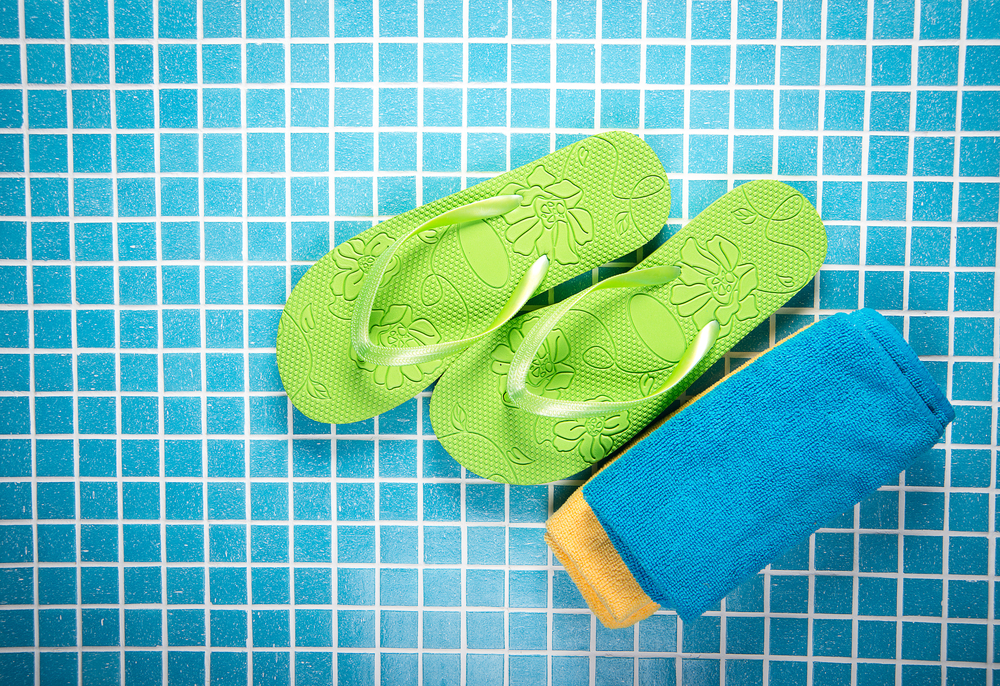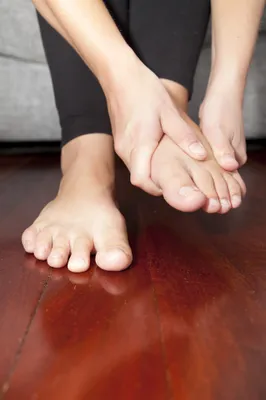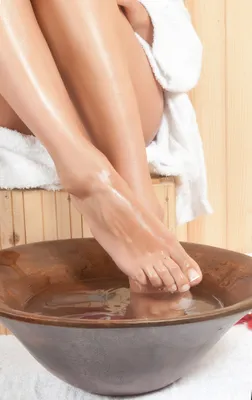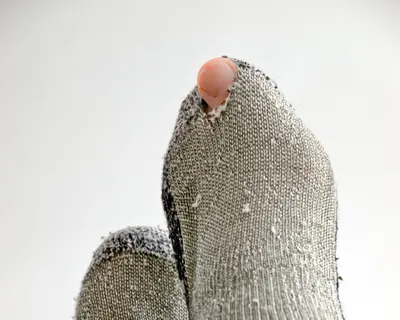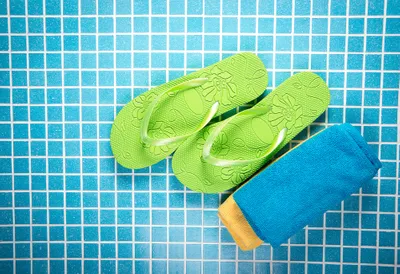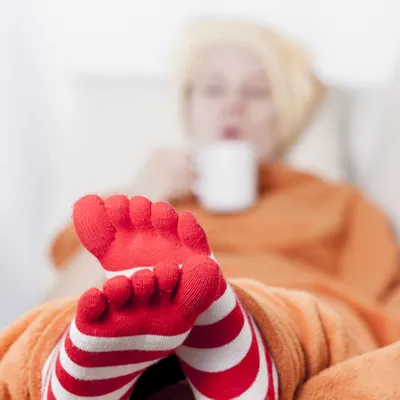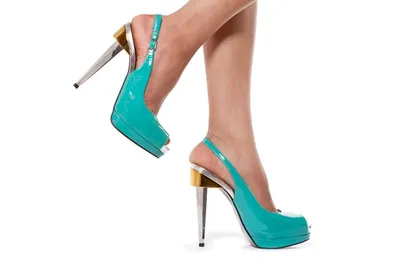You’ve likely heard the term, “try and walk in his or her shoes.” Most of us are pretty tough on our tootsies—racking up almost 10,000 steps per day. For all that hard work, how often do you get a foot rub or soak those barking dogs in a warm bucket of Epson salts?
When it comes to taking a load off of those feet, we might as well ask the experts. Here are six sure footed tips from the foot professionals…
1. Diabetes and Foot Health
Virginia Beach podiatrist, Bradley A. Levitt, says that if you suffer from type 1 or type 2 diabetes, a Doctor of Podiatric Medicine should be considered an ally in diabetic maintenance. Not only do 70,000 diabetics have a foot amputated annually, but those who do double their risk of death.
For a diabetic, a simple laceration or blister can quickly spiral into a life-threatening infection. Seemingly innocent cuts, ulcers, blisters, and etc. that are left untreated, can be a one-way ticket to a losing a foot.
2. Get a Foothold on Health
Akin to the pervious diabetes slide, the state of your feet can also spell out quite a few health red flags for those who know what to look for. Ohio-based podiatrist, Dr. Amanda Meszaros, points out that changes in foot appearance—from skin to perspiration—can indicate a serious underlying health issue.
Dr. Meszaros says that changes in the thickness of skin on your feet can indicate poor circulation, which can be caused by heart disease, a pending stroke or heart attack, or even peripheral arterial disease. Too dry or sweaty feet can also spell troubles like undiagnosed diabetes.
3. Foot Fungus Prevention
Trust me; toe nail fungus is no fun at all. Nail fungus, or onychomycosis, develops as a fungal infection that causes white or yellow spots under the tip of the toenail. As the fungal infection worsens, it can cause nail discoloration and nails that become thick with pieces that crumble away.
According to the Mayo Clinic, most cases of foot fungus require at least over the counter treatments (antifungal pills or topical creams) to eradicate for good. Changing socks often, drying feet thoroughly, and wearing shower shoes at the gym will help clear up infection as well as prevent a reoccurrence.
4. Beware Bare Feet in Public Showers
You’re mother or athletic coach might have terrorised you with tales of athlete’s foot and Plantar’s warts, which are deep-rooted warts triggered by human papillomavirus (or HPV) that are typically contracted after walking barefoot through communal change rooms and showers. But how often do you forget your flip flops at home?
According to New York City-based Doctor of Podiatric Medicine, Casey Ann Pidich, public locker rooms and fitness club showers are rife with fungus that causes athlete’s foot. So it’s imperative to bring along a pair of swim shoes, and also to drying your feet thoroughly after showering at the gym…even between the toes.
5. Foot Changes with Age
Just as our skin, hair, and bodies change as we age—so do our feet, according to podiatrists at Kaiser Permanente Mid-Atlantic Hospital. For instance, as we age, our feet tend to grow both wider and longer due to lost elasticity in the ligaments and tendons in the feet.
This means, the shoes we wore in our 20’s or 30’s might not fit properly anymore by the time we reach our 60s. When you go sneaker shopping, do so at a store with a foot clinic that will take the time to measure your feet for any growth changes and check your stride to ensure a proper fitting shoe.
6. Sky High Heels
Doctor of Podiatric Medicine and spokesperson for the American Podiatric Medical Association, Dr. Hillary Brenner, points to high heels and pumps with pointed toes as the worst foot offenders. With heels getting higher and higher, heels getting slimmer and slimmer, and toes getting pointer and pointer, it’s no wonder Dr. Brenner refers to them as “shoe-i-cide”!
But all jokes aside, Dr. Brenner claims ultra-high heels can result in chronic pain, ankle sprains to chronic pain, swelling, painful walking, and even bunions, bumps that develop over bone at the base of the big toe. If you want to wear heels on a regular basis, look for shoes with a sturdy heel of maybe 2 or 21/2 inches high and a wide toe berth.
